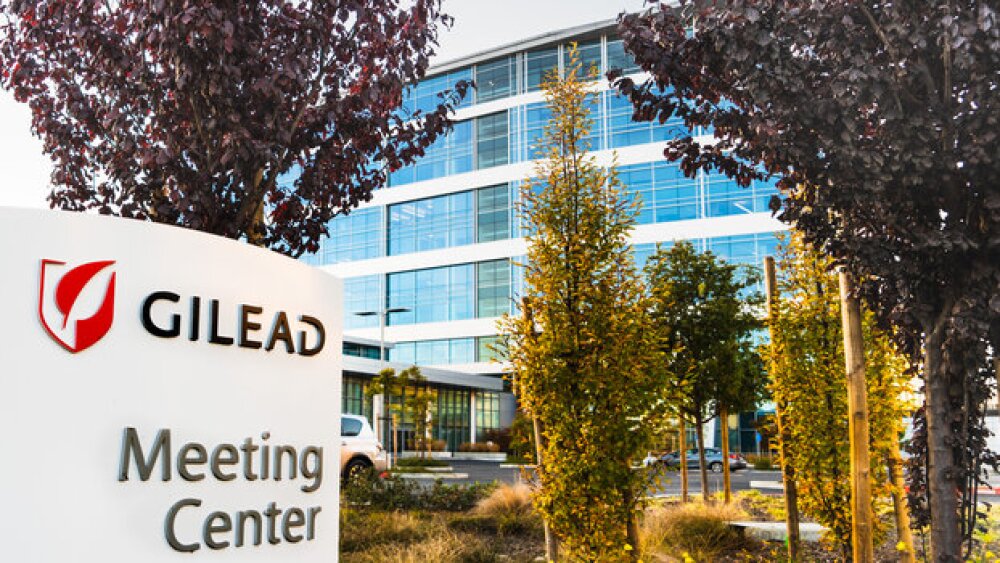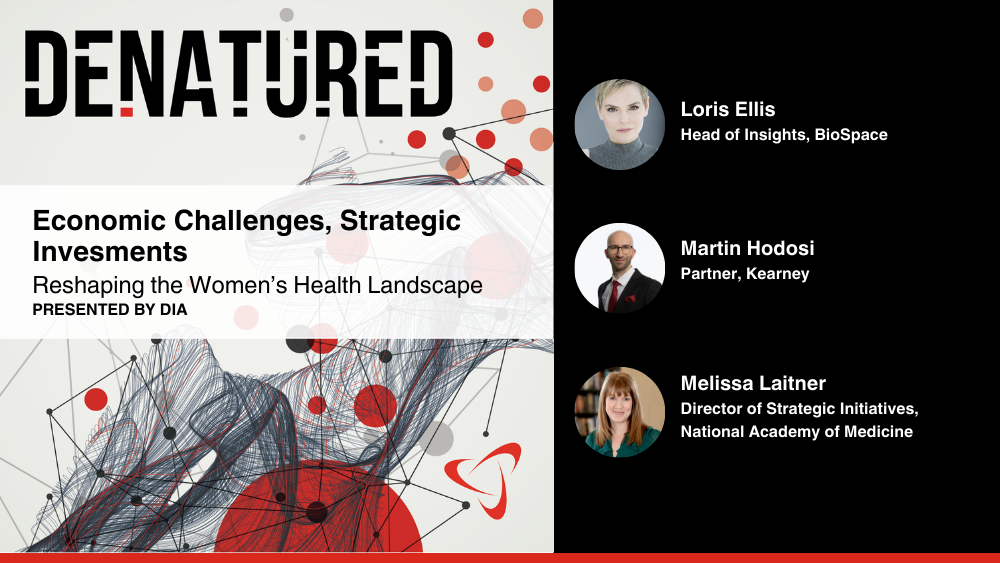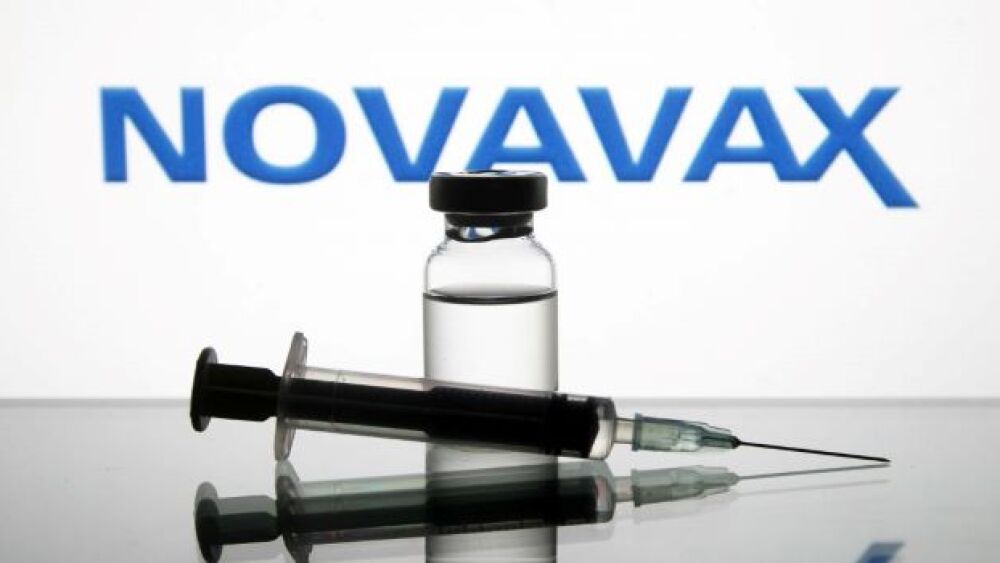Investment in the development of new antimicrobials is falling rapidly, even as the global public health threat of antimicrobial resistance is growing increasingly severe worldwide.
The COVID-19 pandemic showed what can be done when government and industry worldwide recognizes a grave threat to public health. Coordinated action allowed the biopharma sector to quickly develop and deploy vaccines. However, the same urgency is not being seen for an even larger risk to public health: the rise of antimicrobial resistance (AMR).
The creation of antibiotics stands as one of the greatest medical breakthroughs in history, saving hundreds of millions of lives, and now halting the rise of AMR has emerged as a global health imperative. The World Health Organization (WHO) has declared that AMR is one of the top global public health and development threats, with nearly 5 million associated deaths per year. If left unchecked, this figure could reach 10 million annually by 2050. As is the case with many global health crises, the impact will be felt most severely in low- and middle-income countries.
Despite the gravity of the threat, there is a sparse pipeline of new antibiotics and drugs that target bacteria and other pathogens. Penicillin was discovered in 1928 by Sir Alexander Fleming and remains widely used for different bacterial infections, except there are now many types of bacteria that have developed resistance to the treatment.
This is a “classic example of a market failure, with little to no incentive to invest in AMR versus other promising therapeutics,” John Stanford, executive director of Incubate, a coalition of life science venture capital firms, told BioSpace.
A Struggling Pipeline
With existing antibiotics failing, there is increasing pressure on smaller companies to develop the next generation of treatments. Larger biopharma companies have mostly exited the space because antimicrobials present unique challenges to creating a profitable treatment.
Antibiotics are generally only used for short-term treatment, whereas the most profitable treatments are those that treat chronic conditions. Compounding this issue is the avoidance of overusing antibiotics, as AMR develops with exposure and there is now a concerted effort to restrain the use of novel drugs to protect their efficacy in the long term.
Henry Skinner, CEO of the AMR Action Fund, a public-private partnership investing in the development of new antimicrobial therapeutics, told BioSpace that these circumstances require a shift in thinking about developing antimicrobials. “We need to think about antibiotics in much the same way as we think about roads and critical infrastructure. Because they get worn out over time, we need to continually invest in antibiotics as a whole—we need to fix the bridge before it’s broken.”
However, in the current business environment, the companies that are developing novel antimicrobials are not able to support themselves with the financial return from successfully commercialized products, according to Skinner. This has led multiple companies that have created antibiotics or were working on them to file for bankruptcy.
Stanford said that many of these companies went bankrupt despite successful approvals, only weakening R&D and investor interest in the space and leading to a bare pipeline and a struggling ecosystem.
Still, some companies are pressing on in the search for new antibiotics. Eli Lilly last month inked a collaboration agreement with OpenAI to develop novel antimicrobial agents against drug-resistant pathogens. In April, GSK announced positive results from a Phase III trial for a potential first-in-class oral antibiotic for gonorrhea, a sexually transmitted infection caused by a bacteria which has been recognized by WHO as a priority pathogen. And that same month, Basilea Pharmaceutica, a Swiss company focused on developing antibiotics as well as antifungals and oncology drugs, finally received an FDA approval for its antibiotic Zevtera in three indications—a decade and a half after the regulator rejected an earlier submission.
A Path Forward
With the market not providing incentives to advance the pipeline of potential antimicrobials, the onus is on policymakers and governments to come up with a solution. Several approaches are being explored, with the U.K. launching a pioneering “subscription model” pilot as a way to engineer interest in developing novel antimicrobials. Under the model, the U.K. government would agree to pay a set fee each year for unlimited access to certain antibiotic treatments. For drug developers, this provides an assured source of revenue and the financial incentive to invest in R&D for new antimicrobials.
Similar approaches are also being explored in other countries, with the U.S. currently reviewing the PASTEUR Act and the DISARM Act that aim to provide a guaranteed financial model, delivering greater financial incentives for companies to conduct R&D into novel antimicrobials.
Skinner explained that if major markets across the world were to all adopt similar models, there would be enough return on investment for larger companies to reinvest in antimicrobials and to support smaller companies to advance their assets through to later stages of development.
Outside of government, there are programs such as the AMR Action Fund. One company that has been supported by this particular program is Venatorx Pharmaceuticals, a private company focused on anti-infectives to specifically treat multi-drug-resistant bacterial infections and hard-to-treat viral infections. Although the company was hit with a Complete Response Letter (CRL) for its antibacterial candidate cefepime-taniborbactam in February 2024, William Sargent, senior vice president of commercial strategy at Venatorx, said in an email that the company is working with its partners globally “to address the FDA’s concerns and refile our NDA as soon as possible.”
For the AMR Action Fund, a successful re-application could advance it considerably on the way to its goal of enabling the approval of two to four antibiotics by 2030. To date, the organization has announced seven investments, but has plans to increase this number to approximately 12 by the end of this year, Skinner said.
If other G7 countries were to universally adopt a similar investment model to the U.K., Skinner contends the AMR Action Fund’s work could be considered complete, as there would be no investment gap required for it to fill. The question remains: How long will it take for these high-income countries to adopt such measures?






